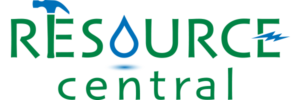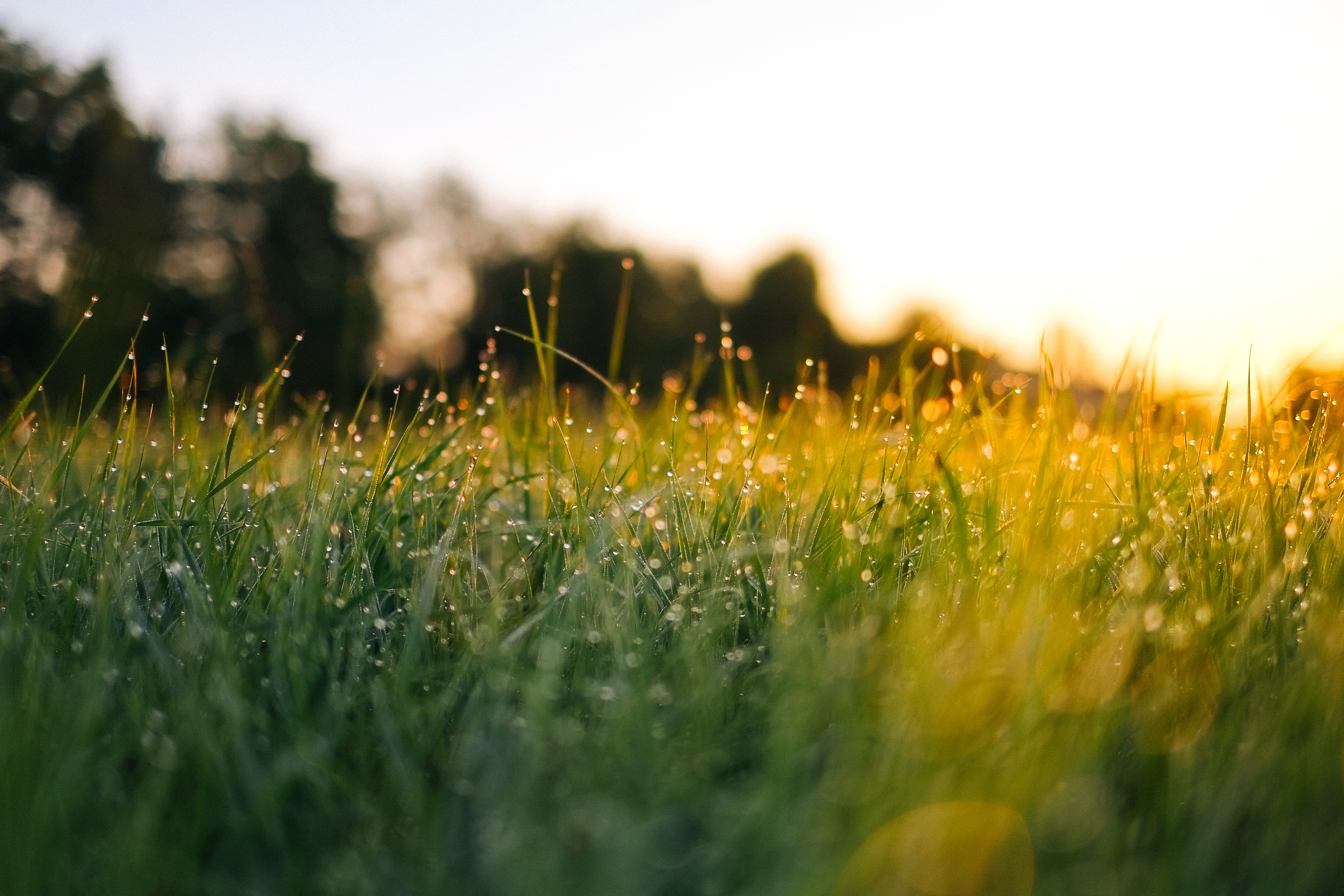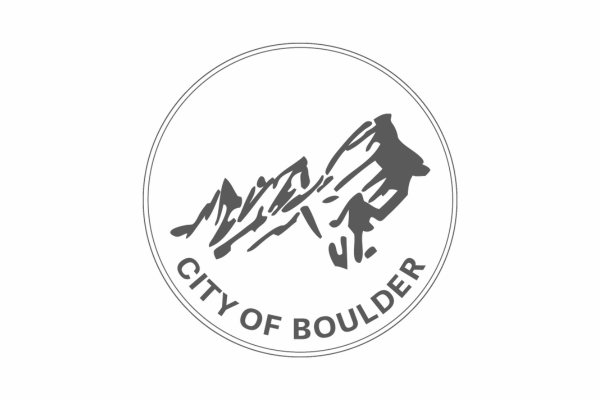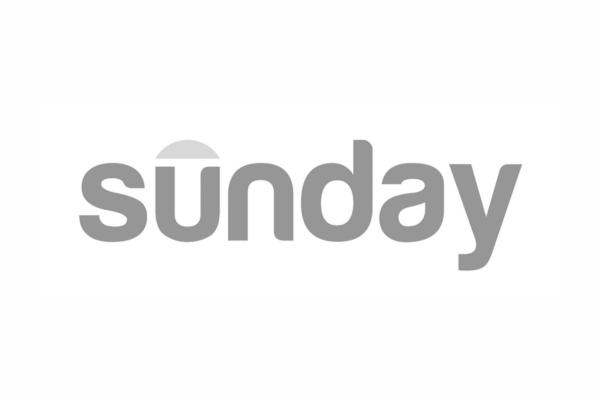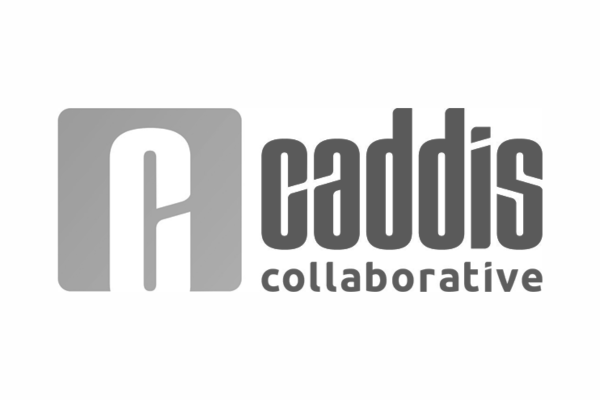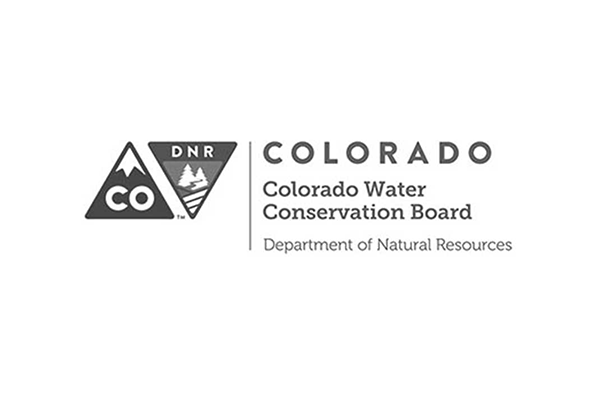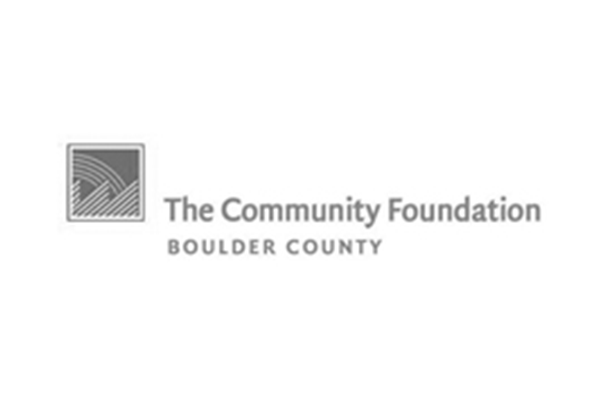Ask Miss Jean!

Jean Lovell, long-time Resource Central volunteer and former master gardener, tackles your gardening questions!
Submit your question(s) for Miss Jean to: GardenInfo@ResourceCentral.org
Q: Even though I’m planting Gardens In A Box, I still want some lawn. What do I need to do to keep my lawn looking good?
A: Basic lawn care includes watering, mowing, fertilizing and weed control. The care you give your lawn depends on a few things: your expectations, the type of lawn, how it will be used, the amount of time and money you want to spend on it. There many benefits to lawns including visual appeal, place for kids (and adults) to play, reduced noise and air pollution, but they are a lot of work.
Watering
Watering should be done when the lawn needs it and your eyes are the best guide to that.
Here are some tips and tricks to watering for a healthy lawn:
– Watch for footprints that remain visible for 30 to 60 minutes or a blue, gray, or purple tint of the turf
– It’s important that the soil dries a bit between waterings
– Watering too frequently not only wastes water, it deprives plants of oxygen, can cause root death, and leads to increased sprouting of weeds
– The rule of thumb for watering an established lawn is, “water as deeply and as infrequently as possible”
– For best plant health and water efficiency, the best time for irrigating is between 10 p.m. and 6 a.m.
Mowing
Before you start to mow in the spring, check to determine if you need to dethatch. Thatch is a layer of dead and living grass stems, roots and leaves lying beneath the visible grass blades. Some thatch is good; it promotes the health of the lawn. Thatch becomes a problem when it builds faster than it breaks down, preventing sunlight, water, and other beneficial products from reaching the soil.
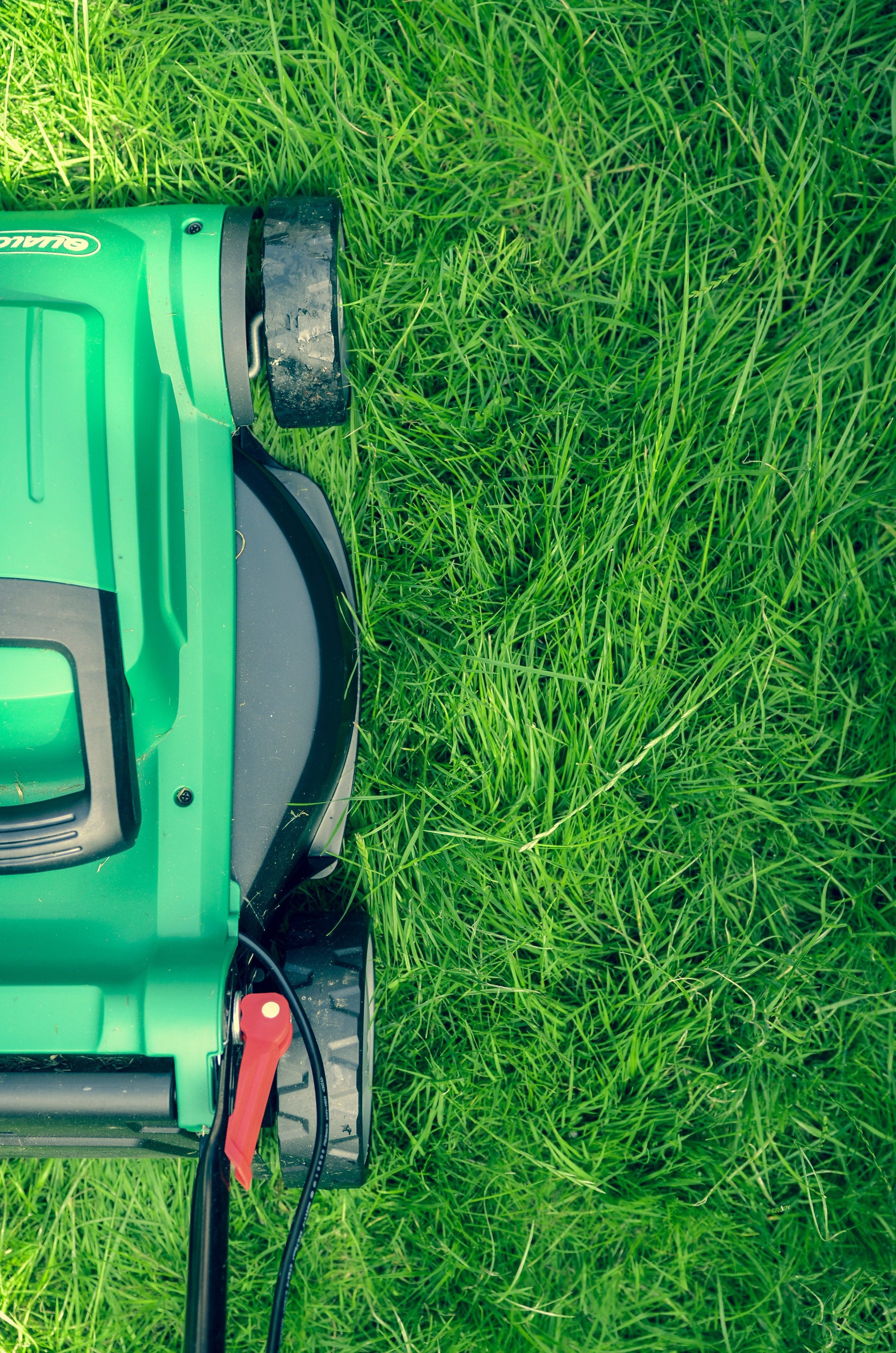
Here are some tips and tricks to mowing for a healthy lawn:
– Mow frequently enough so as to remove no more than 1/3 the height of the grass
– 2.5 to 3 inches is the preferred height for all Colorado grasses
– If mowing is neglected for a short period of time, raise the mower height for one time and mow again in a few days
– Check mower blades regularly for sharpness, chips and dents. Sharpen when you notice unevenness in the lawn, when patches are missed, or when tips of grass blades are torn/brown.
Fertilizer
“Nitrogen is the most important nutrient for promoting good turf color and growth.”
Here are some tips and tricks to fertilizing for a healthy lawn:
– Balanced fertilizers contain other useful nutrients, but your grass clippings also contain those, and leaving them on the lawn recycles them nicely
– Sweep or blow any excess fertilizer off walks and driveways onto the grass to prevent the chemicals from washing into public waterways
Weed Control
Besides being unsightly, weeds compete with grass and other plants for water and nutrients and thus diminish lawn health. Effective weed control includes accurate identification.
Here are some tips and tricks to weeding for a healthy lawn:
– When weeds appear, and they will, attack them ASAP, while they and their roots are small
– Resource Central does not promote the use of herbicides. Hand pulling or digging them out are still the simplest control measures
– Weeds come up best when the soil is moist – after watering or a rain
– Focus on any that are setting seeds, and dispose of seedheads in the trash, not the compost!
– The best weed control measure is a healthy lawn mowed to the proper height; watered and fertilized as needed; and dethatched at appropriate times
